Insulating material and its coefficient
The most common thermal insulation materials are polystyrene foam, mineral wool and polyurethane foam, which are used in buildings both as thermal insulation and as effective acoustic insulation. However, there are other products available on the market which offer equally favourable physical and chemical parameters. One of the most important of these parameters describing a thermal insulation material is the thermal conductivity coefficient (lambda). The lower the value of this coefficient, the better the thermal insulation of the material, and thus the more energy efficient the building.
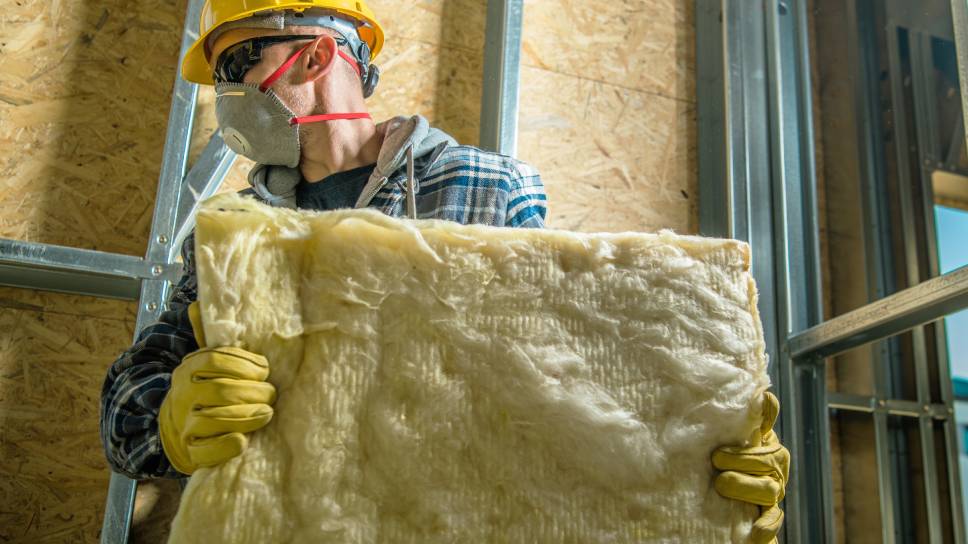
Mineral wool
This is a material that features a wide range of applications, ensuring proper insulation of the building, its effective acoustic insulation (it dampens air and shock sounds), as well as having a fire-protective and vapour-permeable properties.
Mineral wool consists basically of two products with very similar parameters - rock wool and glass wool. The former is made from basalt (high resistance to very high temperatures), while the latter is made from quartz sand or recycled glass.
The thermal conductivity coefficient for mineral wool products ranges from 0.031 to 0.045 W/mK. Mineral wool has high durability and resistance to deformation, and it does not degrade in contact with substances containing solvents. However, mineral wool absorbs water, which impairs its thermal insulation properties. To eliminate water absorption, mineral wool is impregnated with mineral oil. Incorrectly made (placed) thermal insulation made of mineral wool may result in the appearance of thermal bridges in the near future, which will significantly affect the energy efficiency of the entire building. Moreover, wool is a material which is quite difficult to apply (e.g. gaps in the attic), especially for inexperienced persons, which also increases the risk of heat loss in the building.
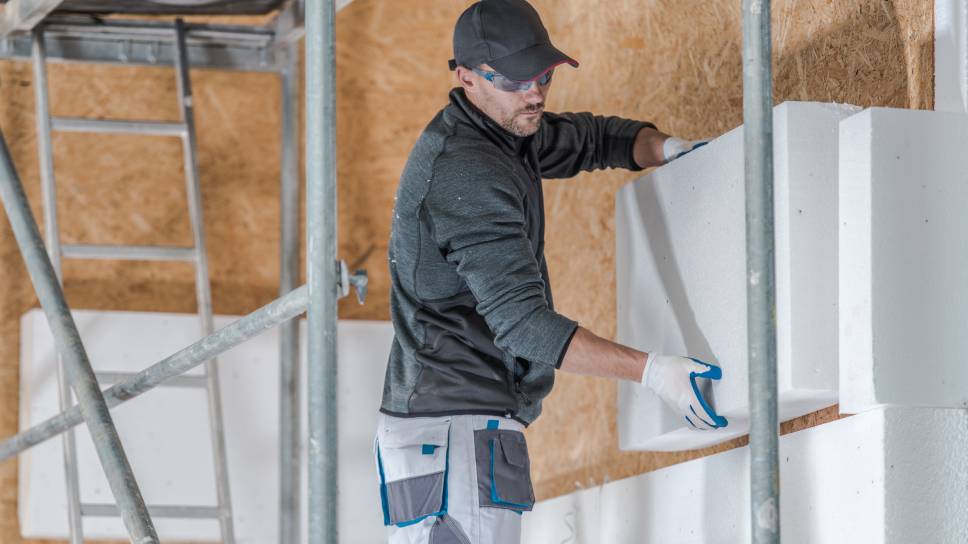
Polystyrene foam
Polystyrene foam, that is expanded polystyrene, due to the production process involving foaming (air in the pores of expanded polystyrene may cover as much as 98% of the volume of the finished product) provides a heat conductivity coefficient of 0.030-0.045 W/mK (e.g. white EPS foam 0.038 - 0.045 W/mK, graphite EPS foam 0.030 - 0.035 W/mK).
At present, three types of expanded polystyrene are usually used - EPS 50 used for insulating sandwich walls, EPS 70 or 80 used for insulating façades with the BSO method and EPS 100 as the basic insulator for floors.
Polystyrene foam, as an insulating material, is primarily characterised by very low water absorption, due to which it can be successfully used to insulate those parts of a building which are exposed to contact with water, such as foundations, basement walls or floors on the ground.
In addition to traditional foamed polystyrene, extruded polystyrene is also available, providing thermal insulation at a level of 0.021 to 0.026 W/mK, which is harder and less absorbent. It is available in blue, green or pink and is recommended for insulating inverted roofs, garage floors and floors on the ground, i.e. wherever there are heavy loads.
However, expanded polystyrene does have its drawbacks. It is not resistant to a number of chemical agents, such as solvents, paints, glues and wood preservatives. Moreover, it is a material which is rather leaky in terms of water vapour diffusion (penetration). This means that only a small amount of steam penetrates through walls insulated with polystyrene foam. Styrofoam is also sensitive to high temperatures and fire. Temperatures exceeding +80oC can damage it, however it is a material with self-extinguishing properties and in case of fire it does not burst into flames, but melts giving off a lot of black smoke.
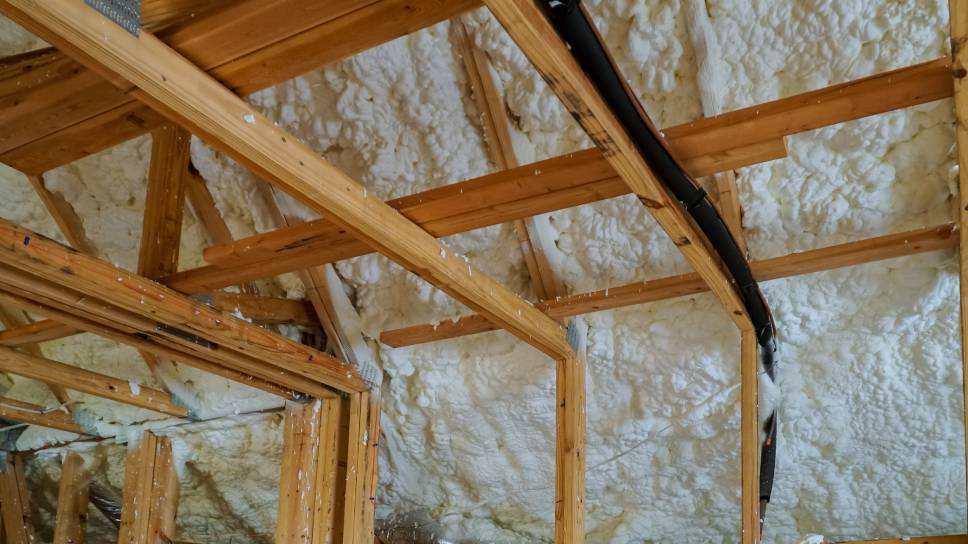
Polyurethane foam
Polyurethane (PUR) foam is rapidly becoming a popular insulation material. Currently, two types of polyurethane foams are used - PIR (polyisocyanurate) and PUR (polyurethane). The foam has an additional advantage which distinguishes it from the materials used so far, namely the option to use it in two forms - as a hard board or as a material sprayed directly onto the insulated surface. The latter one wins more and more recognition in the market of thermally insulating building materials.
The name "PUR" stands for polyurethane, obtained by mixing two raw materials - polyol and isocyanate. As a result of mixing these components, with the use of specialised spraying machines, polyurethane foam is obtained. This type of insulation material is now widely used in building industry as an alternative material for insulation and thermal insulation of buildings, from foundations up to the roof. PUR foam performs very well in terms of user safety and functionality.
Closed-cell polyurethane foam enables achieving very good thermal insulation properties of layers, owing to low heat conductivity coefficient, which may amount even to λ = 0.020 W/mK.
A strong advantage of polyurethane foam is its speed and ease of application. It is applied with a spraying method, owing to which it increases its volume several dozen times in a few seconds and hardens in a rapid pace. PUR foam perfectly adapts to slanted, difficult surfaces, penetrating into the smallest gaps.
Foam thermal insulation is also more cost-effective than traditional methods, as its application does not create gaps, or more precisely thermal bridges which lead to heat loss in the building. Foam adheres tightly to the rafters and does not create holes or gaps in thermal insulation.
PUR foam is classified into open-cell and closed - cell insulating material. The former one has a sponge-like structure. It does not let water in and has very good thermal insulation properties, but allows steam to pass through, so that no fungus or mould can form underneath. It is lightweight, so you can, with the prior use of a membrane, spread it on the formwork under the roof. Closed-cell foam, on the other hand, is slightly harder and is better suited for use on the outside of buildings. The internal structure of closed-cell PUR foam is made of microscopic closed bubbles, so it has good thermal insulation properties as well as high rigidity and appropriate hardness.
Spray polyurethane foam thermal insulations are mainly used to insulate building partitions against heat loss from inside the building. They are used both in industrial infrastructure (pipelines) and during insulation of foundations and roofs, as well as thermal protection of skeleton walls of buildings.
The insulating properties of PUR foams enable their application, among others, for thermal insulation of:
- foundations, foundation walls, and foundation slabs
- roofs from the outside and floors on the ground
attics from their internal part - walls in frame buildings
- walls in industrial facilities, storage halls
- heating pipes, cooling chambers
- all kinds of technical insulation (pipelines, tanks)
Polyurethane foams in accordance with standard PN-EN 13501-1 usually have a reaction to fire performance class E, which means a flammable, self-extinguishing material. Polystyrene foam, for example, is of the same class. The investment cost of polyurethane foam insulation is sometimes considered to be one of the disadvantages of this solution. However, taking into account the fact that the price per square metre includes not only the material but also the workmanship, the final cost is comparable to the installation of other insulation materials.
Cellulose fibres
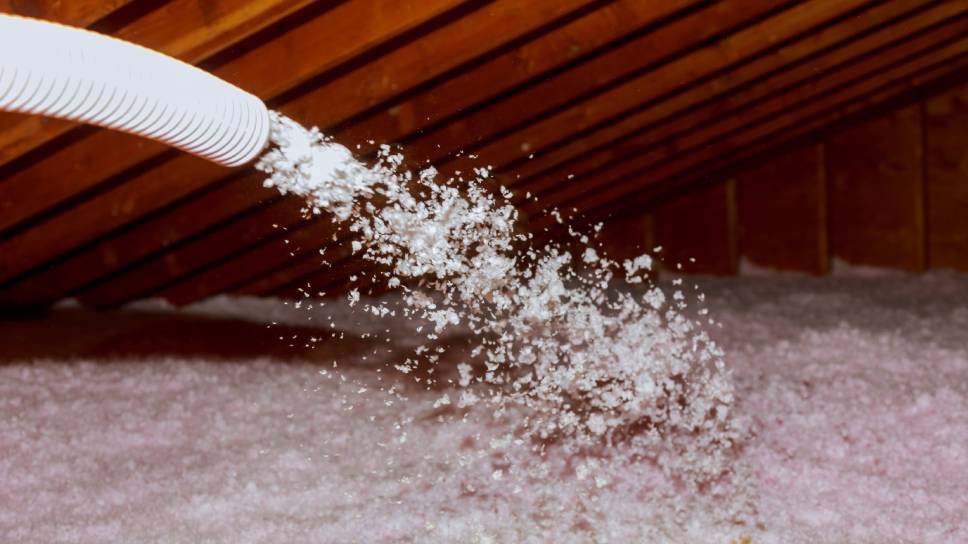
This insulation material has very similar physical and chemical characteristics to mineral wool, but its use is much more limited. The heat transfer coefficient for this product is 0.039 W/mK, but despite this, cellulose fibres also provide good sound insulation and good vapour-permeability.
Cellulose fibres have the ability to absorb and release water from their surroundings, so there is no need for application ofa vapour barrier during insulation. However, there is one condition - the material must be well ventilated to allow it to dry fully. Fibres can be applied wet or dry.
The dry method is where the shredded fibres are blown into pre-conditioned spaces in walls, ceilings, etc., through special aggregates which allow the material to be sent over distances of up to 50 m horizontally and 30 m vertically. Fibres can also be poured in loosely, for example in the case of insulation of beam ceilings and floors on joists. The wet method, on the other hand, involves wetting the cellulose fibres with water and adhesive. This mixture adheres very well to walls and even ceilings.
Which one to choose?
There is no unambiguous answer to the question related to selection of the best thermo-insulating material available on the market. Each product presented above has its advantages and disadvantages, so the choice of wool, styrofoam, polyurethane foam or cellulose fibre depends mainly on your expectations and requirements, as well as the place of application.
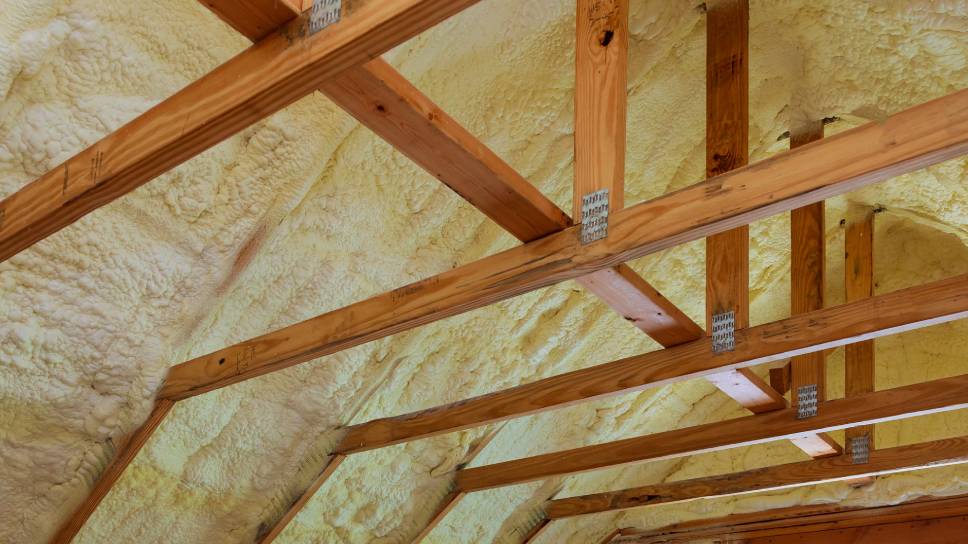
 This website uses cookies. By using this website, you consent to the use of cookies in accordance with your browser settings.
This website uses cookies. By using this website, you consent to the use of cookies in accordance with your browser settings.